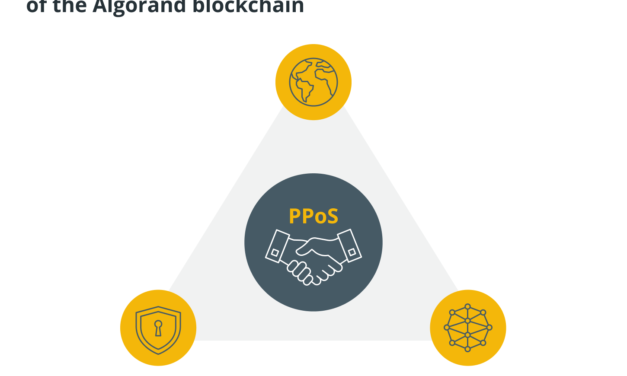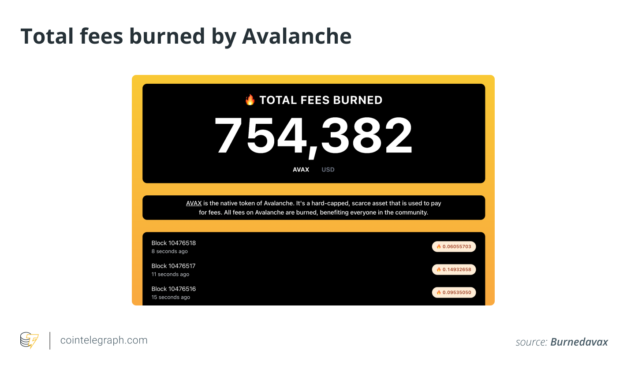Crypto is going mainstream: Here’s how the future founders will build on it
Crypto has long been criticized for its lack of inherent value. However, the shift toward contactless transactions amid the pandemic has emphasized the value of digital currencies and blockchain technology in the modern world. For this reason, merchants have been slow to adopt cryptocurrencies as a form of payment. As it gains widespread usage, however, we can expect to see more businesses accepting crypto in the future. The global pandemic has changed the way a lot of us do business. The shift away from cash and face-to-face transactions toward digital cashless ones has introduced many people to the convenience of paying digitally. So, it’s no surprise that crypto is starting to gain traction as a viable payment option — one that will only continue to evolve. While still in the early stages, large platforms such as PayPal, Visa and Mastercard have already started allowing clients to purchase and transact crypto through their platforms. PayPal can now be used to buy and transact crypto like Bitcoin (BTC), Ether (ETH), Bitcoin Cash (BCH) and Litecoin (LTC). Meanwhile, Visa allows users to conduct transactions with stablecoins on the Ethereum Network. Mastercard also announced the launch of its crypto card in late 2021 and is set to support most digital currencies in the years to come. Merchants who are still on the fence about accepting crypto can rest knowing that it is here to stay. The cases for and against crypto as a form of payment are slowly evening out, and more businesses will likely start accepting it in the near future. In addition, businesses can save on transaction fees when using crypto as a form of payment.
Čítaj viac






